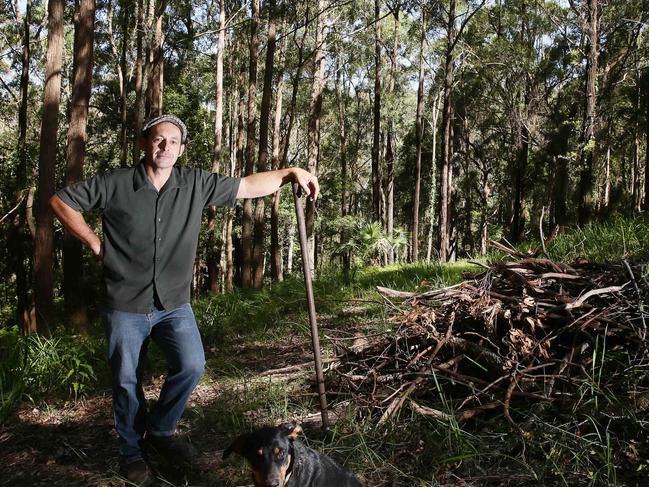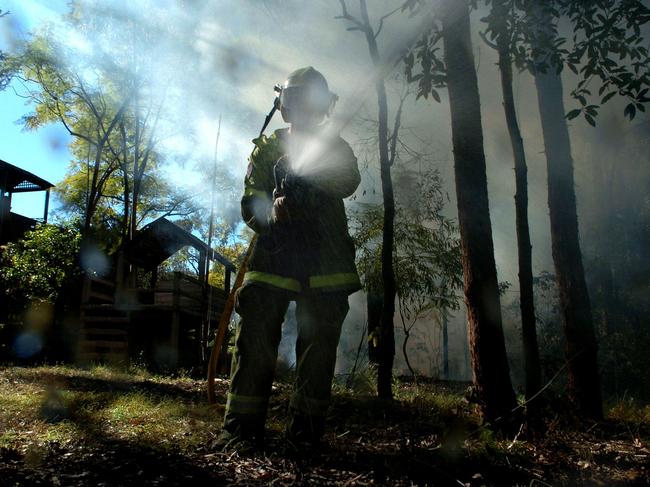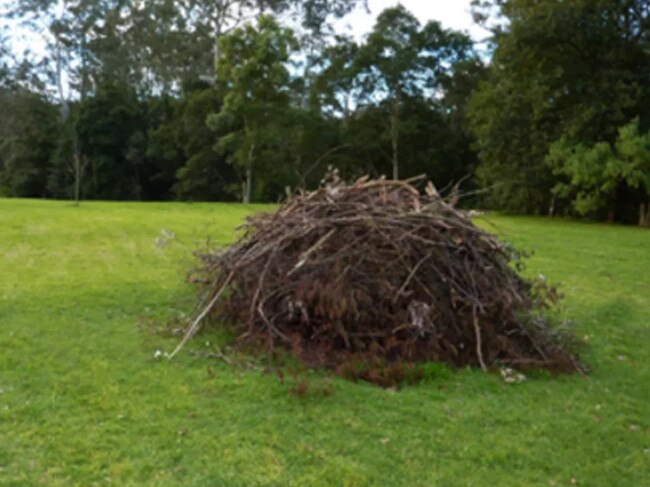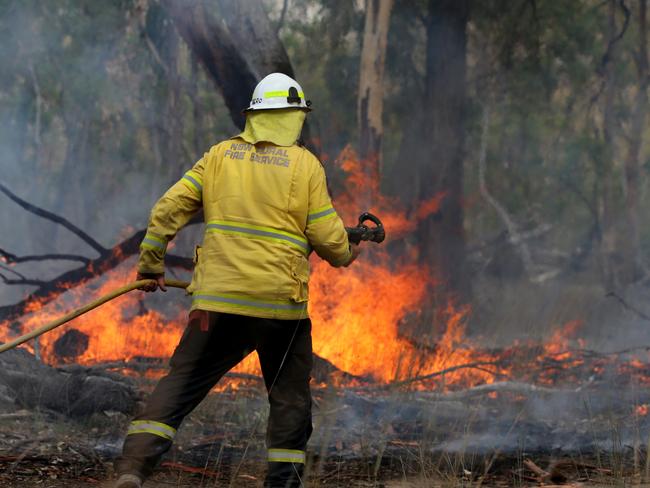Pile burning policy stalls waiting for NSW Government approval
Residents just want to burn off dead vegetation as council rules allow but with the fire danger period coming quickly, the pile burning policy is stalled in a government department.
Central Coast Residents living on acreage could face the coming bushfire season with dangerous levels of fuel on their properties thanks to a bureaucratic roadblock.
At the centre of the issue is the new Central Coast Council pile burning policy which controls what, where and how excess dead vegetation can be burned.
The policy was adopted by council in May but is apparently now stalled somewhere in the NSW Office of Environment and Heritage waiting for final approval.

Meanwhile, time is ticking and the window for residents to safely burn their piles of dead vegetation before the fire danger period begins is narrowing.
Leafy Glenning Valley resident Alex Campbell said residents were very worried about the bushfire risk.
“I’m looking at a whole year’s worth of debris lying around — about a tonne of vegetation,” Mr Campbell said.
“I already have ten to 15 piles ready for burning,” he said.
“The land owners don’t know what’s going on, the Rural Fire Service doesn’t know what going on — the policy has disappeared into a government department and stayed there.”

The open burning policy has been an ongoing issue for landholders.
It became controversial at the end of last year when the Mayor Jane Smith attempted to have pile burning stopped on environmentally zoned land including RE2, R5 RU1, RU2, and RU6.
At that time the NSW Rural Fire Service had serious misgivings about the confusing details of the mayor’s amendment.
In a letter tabled at the August 13 meeting of council, RFS district manager Paul Jones, said the former Wyong Council policy was more simple to administer because it allowed pile burning except in residential and industrial areas which was easy for volunteers to assess.

Mr Jones said that if council adopted the amended policy RFS volunteers would have to know the zoning of the land in order to decide if a pile burning was permitted but would have no quick way to find out. He also said it was common for landholders not to be sure of the zoning of their own land especially where there was more than one zone.
“Volunteer fire fighters will be unable to determine if the activity is allowed under the policy, therefore requiring the pile to be extinguished and referred to Central Coast Council for compliance investigation,” Mr Jones said.

Council ended up rejecting the mayor’s changes and instead settled on a ruling limited the size of the pile to two metres and adopted a maximum timber size of 150mm.
Mr Campbell said land holders were happy with this result but now wanted it finalised as quickly as possible.
Central Coast Council has been contacted for further comment.


